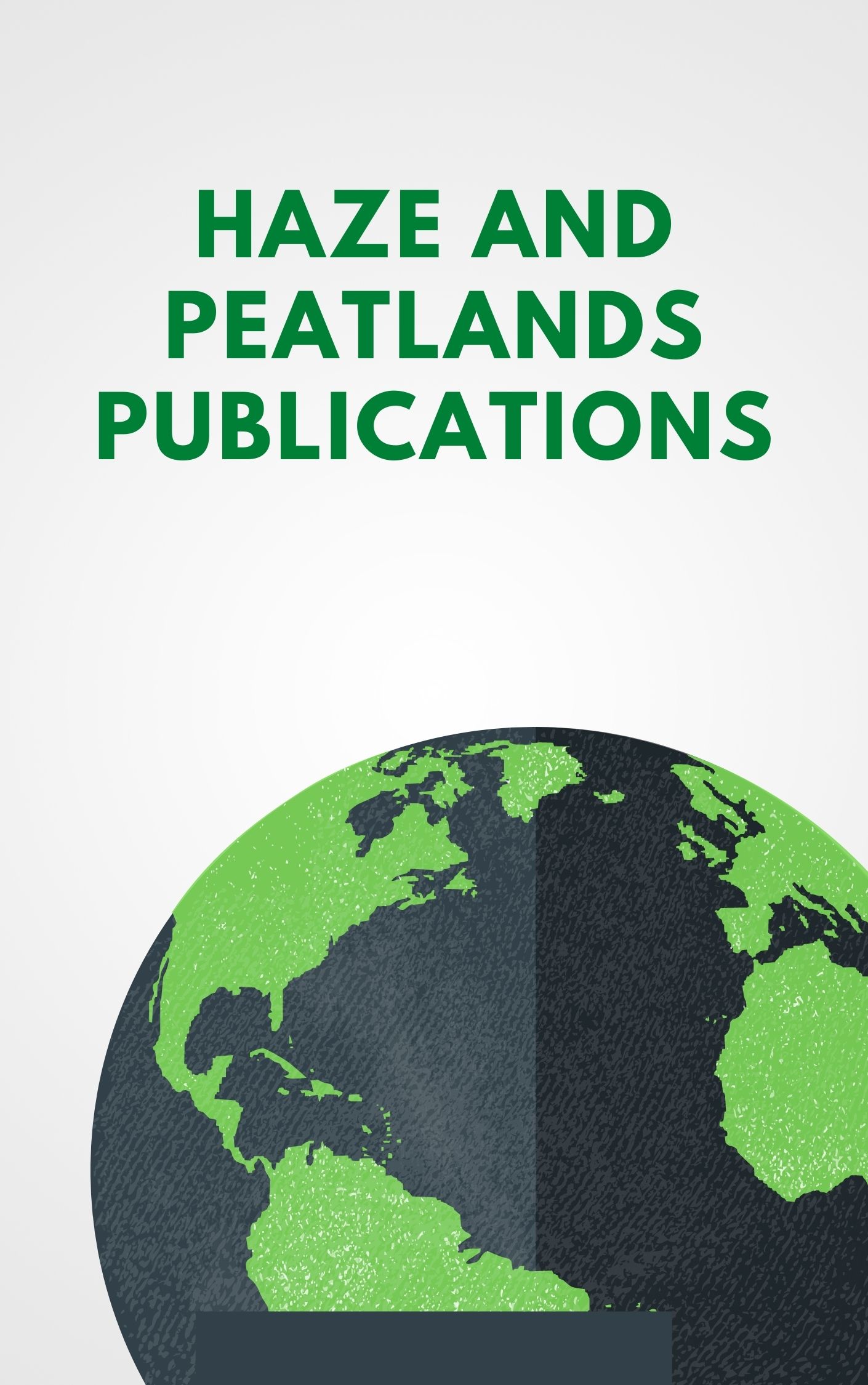Understanding the roles of human and natural sources in contributing to aerosol concentrations around the world is an important step toward developing efficient and effective mitigation measures for local and regional air quality degradation and climate change. In this study we test the hypothesis that changes in aerosol optical depth (AOD) over time are caused by the changing patterns of anthropogenic emissions of aerosols and aerosol precursors. We present estimated trends of contributions to AOD for eight world regions from 1980 to 2006, built upon a full run of the Goddard Chemistry Aerosol Radiation and Transport model for the year 2001, extended in time using trends in emissions of man-made and natural sources. Estimated AOD trends agree well (R > 0.5) with observed trends in surface solar radiation in Russia, the United States, south Asia, southern Africa, and East Asia (before 1992) but less well for Organization for Economic Co-operative Development (OECD) Europe (R < 0.5). The trends do not agree well for southeast Asia and for East Asia (after 1.992) where large-scale inter- and intraannual variations in emissions from forest fires, volcanic eruptions, and dust storms confound our approach. Natural contributions to AOD, including forest and grassland fires, show no significant long-term, trends (
View Details -->
View source
Keyword(s)
Air quality, Atmospheric movements, Climate change, Deforestation, Economics, Storms, Sun, Volcanoes, Aerosol concentration, Aerosol optical depths, Aerosol radiation, Anthropogenic emissions, Dust storm, East Asia, Economic activities, Forest and grassland fires, Forest fires, Mitigation measures, Natural sources, Regional air quality, Regional trends, Source types, South America, South Asia, Southeast Asia, Surface solar radiation, Time periods, Transport models, Volcanic eruptions, Atmospheric aerosols, aerosol property, annual variation, anthropogenic source, concentration (composition), forest fire, hypothesis testing, mitigation, OECD, optical depth, solar radiation, trend analysis, volcanic eruption, Europe, Far East, Russian Federation, Southern Africa, United States

